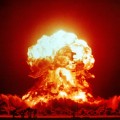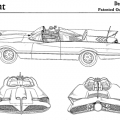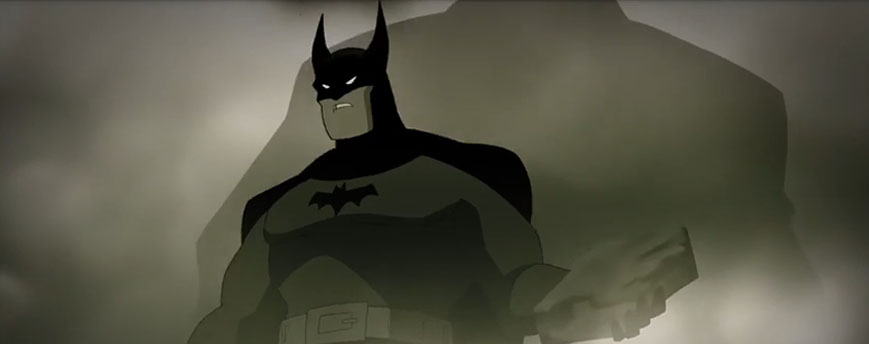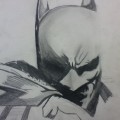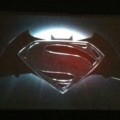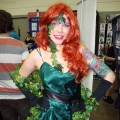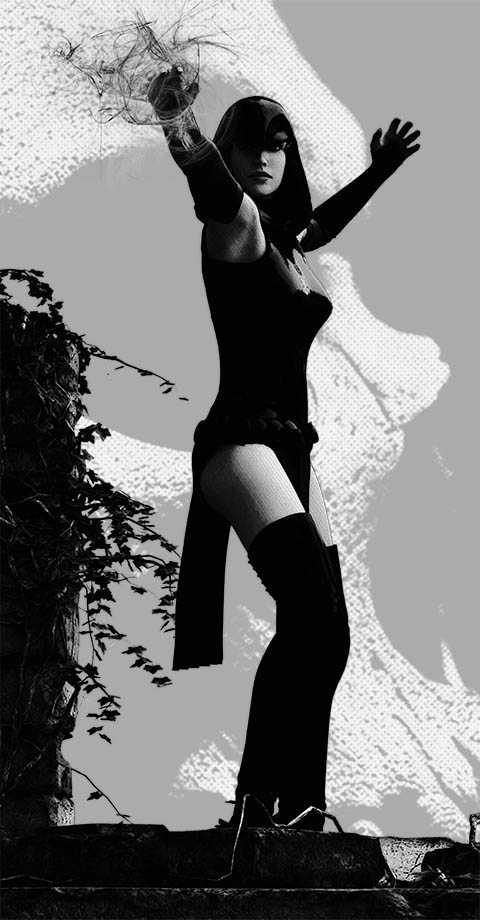As we discussed in the last Superhero Writing Tips article, superhero stories feature lots of action and combat between heroes and villains. Let’s dive a little deeper into writing about these kinds of battles by taking a closer look at how they interact with the backbone of a story – the plot.
This is where we get into storytelling theory. Don’t worry, we’re not going to be getting into the hero’s journey or anything like that – let’s keep this as basic and user-friendly as possible.
If we look at a typical story, we can identify certain points that are common across pretty much any genre.
- There’s always going to be the inciting incident where our hero gets into trouble.
- There’s going to be the midpoint at which our hero has been dealt enough trouble that their only options are either to succumb or fight back even harder. Sometimes, this is called the “point of no return” by some storytelling theorists.
- Finally, there’s the climax where our hero stands up against the villain that’s been showering him with trouble, and then through a mighty effort of his own manages to snatch victory from the jaws of defeat.
Although we’re using language that’s appropriate for adventure/thriller/crime stories, the same sort of pattern exists in romance, Christian, young adult, or kid lit. This is the pattern of rising action where the importance of events to the hero keeps increasing right up to the climactic moment where the hero either solves the challenges facing him, or is destroyed by them. With superhero writing, each of these three areas above are typically accompanied by battles.
Round One: Fight! Battle as the Inciting Incident in Superhero Writing
Let’s start by taking a closer look at the inciting incident and how we can use a battle scene to jumpstart the plot.
The inciting incident is the moment when the story itself really gets moving. Our hero is in his normal life, pursuing his existing goals.
Suddenly, our hero finds himself thrown into trouble and is given a new goal. If we’re looking at setting up a battle with the inciting incident, the battle itself has to be serious enough to change our hero’s direction without being serious enough to destroy the hero. This battle has to serve the purpose of intriguing the reader and inspiring that desire to see justice done to the villains that started the fight.
As an example, let’s start off our hypothetical story by our hero entering his apartment in his secret identity when they are attacked by an intruder. The intruder is able to more than hold his own against our hero, even when the hero reveals his superpowers. At this point, we have set up a situation where the hero’s secret identity is blown, where the hero is facing off against a mysterious person who is able to withstand the hero’s attacks, and where the hero and the readers have to discover the reason for the attack. Regardless of the reason however, one thing is clear: our hero is in trouble and his actions from this point are going to be determined by the outcome of this initial battle.
So, should we let the hero win this initial battle, or should we let the hero lose? A lot is going to depend upon the nature of the world that you’re in. In the classic superhero world of DC and Marvel comics, the villain delivering a beat down on the superhero is usually enough to declare victory. If, on the other hand, you are in a grittier, realistic world, defeat usually equals death. Since we don’t want our hero being killed off in the inciting incident – because otherwise there wouldn’t be a story – the hero either has to win or draw in this first battle.
Going back to our example, if we’re in a gritty and realistic world, then the mysterious villain that attacked the hero may actually have a different objective than defeating our hero. He may simply be looking to steal something from the hero’s apartment and once the villain has recovered that, he will escape.
Regardless of the outcome of the battle, the hero now has a new goal that flows directly from the inciting battle.
Superhero Writing Tips for an inciting battle:
Have the battle happen to someone other than the hero.
- In action novels, there is a tradition of having a character introduced in the first chapter or the prologue that the readers get to know as a sympathetic character and who is attacked and killed by the villain. This may be something as simple as a stealthy ambush, or a heroic defense against overwhelming odds. The sympathetic character invests the reader in the desire to see justice done because this character they just got to know was killed in a brutal and nasty manner.
- The inciting battle is a great opportunity to showcase secondary characters such as sidekicks and romantic interests. Lois Lane may get involved in a bank heist gone bad, and she grabs a pistol from a fallen cop to send fire back at the bad guys, or she ushers civilians to safety. Or maybe Robin gets targeted by Deadshot and is barely able to hold his own against the marksman. You could certainly use the trope that the secondary character needs to be rescued by the hero as the overall plot of the story, or you could instead use this inciting battle as an event that has the hero struggling on the knife-edge between justice and vengeance.
As in the example above, where the hero is attacked in their apartment, have the hero attacked in such a way that the battle scares them:
- Their secret identity is blown.
- The villain throws them around like a rag doll.
- The only way that the hero is able to survive is by surrendering.
- The villain manages to uncover the hero’s hidden weakness, whether it’s something as esoteric as kryptonite, or precious as a loved one. If you’re writing children’s fiction, for example, it may be that the bully uncovers a secret that our hero believes would be disastrous if revealed to the wider world.
If the hero emerges victorious in the inciting battle, he discovers that winning it only brings even more trouble.
- In the course of the battle, he may have injured the son of a famous super villain who then turns his wrath upon the hapless superhero. This was used to set Deathstroke as one of the major villains against the Teen Titans.
- The villain that attacked the superhero ends up committing suicide rather than being taken alive. See Captain America: The First Avenger.
Remember, the inciting incident, whether it’s a battle or not has to start our hero on a different path which will take him through the rest of our story.
About the Featured Image for this post: This image is Rime 2 by Aaron Bauer and is used under a Creative Commons Attribution-Share-Alike License. The image is cropped from the original.
All trademarks and characters are the property of their respective owners. No challenge to any trademark status or ownership is made or contemplated. Any images used in this post are either used under Creative Commons licenses, or under the Terms of Fair Use under International Copyright Law which allows such use for comment and review purposes.
More to come:
We’re only scratching the surface of using battles in storytelling. We’ll take a closer look at battles at the point of no return and much more in upcoming Superhero Writing Tips articles.

